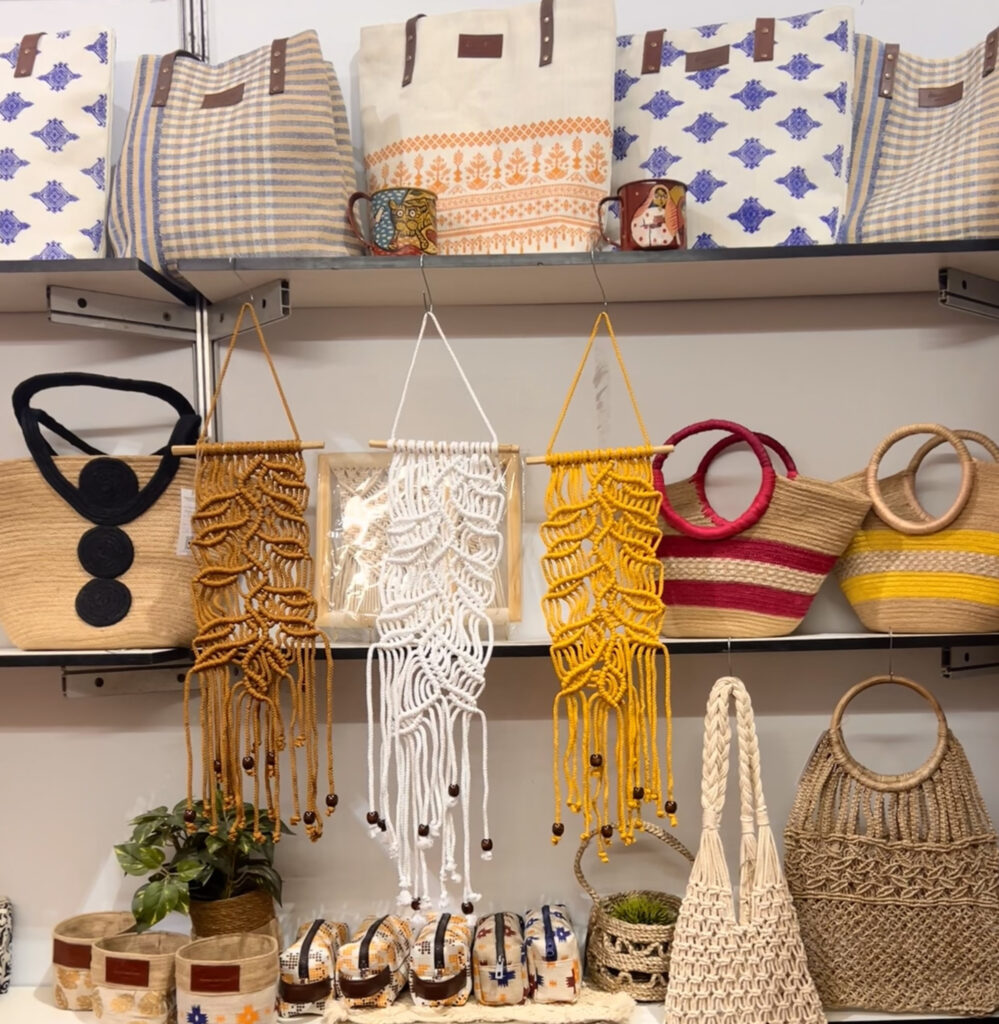Ethnique Vale Illuminates Dhaka Makers 3
Ethnique Vale was thrilled to participate in Dhaka Makers 3, one of Bangladesh’s most anticipated platforms for artisans, designers, and entrepreneurs. Hosted at the vibrant Aloki Convention Center, this year’s edition brought together a dynamic fusion of innovation, artistry, and cultural heritage. As a brand deeply rooted in sustainability and tradition, we were honored to stand alongside visionary makers showcasing unique, handcrafted creations. At Ethnique Vale, our philosophy intertwines Bangladesh’s rich heritage with contemporary design. Our booth at Dhaka Makers was a tapestry of craftsmanship, featuring intricately handwoven jute macramé bags, exquisite handmade jewelry, and eco-friendly home décor — all crafted by skilled rural artisans. Each piece embodied a story of tradition, empowerment, and environmental responsibility, reinforcing our commitment to ethical fashion and sustainability. One of the most rewarding aspects of our participation was the opportunity to engage directly with customers who shared our passion for sustainability and cultural preservation. We had meaningful conversations about ethical consumerism, fair trade, and the importance of supporting artisan-led businesses. The overwhelming appreciation and encouragement we received reaffirmed our mission to create impact-driven, culturally significant fashion and lifestyle products. We were inspired by the enthusiasm of visitors who appreciated the authenticity and artistry of our collections. Looking ahead: being part of Dhaka Makers 3 has fueled our passion for sustainable business and cultural preservation. We are excited to expand our collections, collaborate with more artisans, and bring Bangladesh’s heritage crafts to a global audience. As we look ahead, we remain committed to our mission: blending tradition with modern design while making a positive social and environmental impact. A heartfelt thank you to Dhaka Makers 3 for curating such a fantastic platform for local makers, and to everyone who visited our booth and supported our journey. Stay tuned as we continue to craft sustainable elegance, one stitch at a time! Stay connected with us as we continue to redefine sustainable elegance, one handcrafted piece at a time! For more updates on our journey, follow us on our social media channels.










